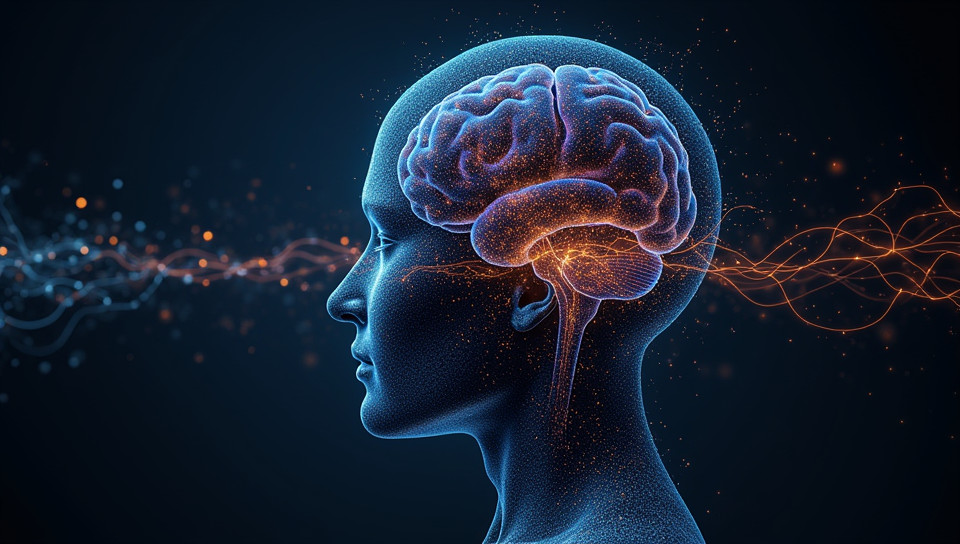Human brains recognize recurring sequences naturally 68%

The Power of Pattern Recognition: How Human Brains Naturally Recognize Recurring Sequences
As we navigate through life, our brains are constantly processing vast amounts of information from our surroundings. From the intricate patterns on a butterfly's wings to the rhythmic beats in our favorite songs, our brains have an incredible ability to recognize and understand recurring sequences. But what exactly is behind this remarkable capacity? In this article, we'll delve into the fascinating world of pattern recognition and explore how human brains naturally recognize recurring sequences.
The Science Behind Pattern Recognition
Research has shown that our brains are wired to detect patterns in the environment. This is due in part to the way our brains process visual information. When we see a sequence of shapes or objects, our brain automatically looks for connections between them, seeking out patterns and relationships. This ability is thought to be linked to the brain's default mode network (DMN), which is responsible for introspection, self-reflection, and mind-wandering.
The Role of Memory in Pattern Recognition
Memory plays a crucial role in pattern recognition. When we encounter a new sequence, our brain draws upon existing knowledge and experiences to make connections between the individual elements. This process is known as consolidation, where memories are stored and retrieved from long-term storage. By leveraging this network of associated memories, our brains can quickly recognize recurring sequences.
The Benefits of Pattern Recognition
So why is pattern recognition so important? For one, it enables us to learn and understand complex information more efficiently. When we recognize patterns in a sequence, we can make predictions about what comes next, allowing us to anticipate and respond to situations more effectively. Additionally, pattern recognition has been linked to improved creativity, problem-solving skills, and even better decision-making abilities.
How Can We Harness the Power of Pattern Recognition?
- Understanding the underlying mechanisms behind pattern recognition can help us develop strategies for improving our ability to recognize recurring sequences.
- By leveraging our brains' natural inclination towards pattern detection, we can enhance our learning and memory capabilities.
- Practicing activities that promote pattern recognition, such as puzzles or brain teasers, can also improve overall cognitive function.
Conclusion
The human brain's capacity to recognize recurring sequences is a remarkable ability that has far-reaching implications for various aspects of our lives. By understanding the science behind pattern recognition and harnessing its power, we can unlock new levels of creativity, innovation, and productivity. Whether it's recognizing patterns in art, music, or even our own thoughts, this incredible capacity is something to be celebrated and nurtured. So next time you find yourself caught up in a familiar rhythm or noticing the intricate details in nature, remember that your brain is working its magic – naturally recognizing recurring sequences with ease.
- Created by: Krishna Devi
- Created at: Oct. 14, 2024, 4:44 a.m.
- ID: 12655







